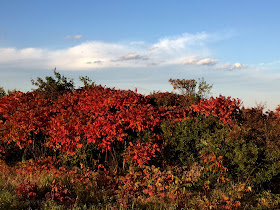The Texas Horned Lizard, known humorously as the Horny Toad, is not a toad but a lizard. Nor is it a frog as is characterized by the Texas Christian University mascot, the Horned Frogs. Its scientific name is Phrynosoma cornutum. It looks like a little dinosaur with the spikes on its head and short barbs on its back but is a harmless and interesting animal. Unlike some of the other lizards of the Red Hills, this one does not lose its tail under attack. However, an interesting and unique defensive behavior is its ability to squirt blood from its eyes although this is rarely experienced by herpetologists. Another more commonly seen behavior is that when caught, the animal will puff up so as to appear larger in an effort to dissuade predators which may be convinced it is too large to try to force down a gullet.
This cold-blooded animal is one of the most enjoyable, wild hand pets for kids and adults. However, they are hard to keep for long periods since their wild diet consists mostly of ants. Many Kansas kids can enjoy these creatures as they occur in many areas of the state, particularly in the Smoky Hills, Flint Hills and our own Red Hills. Horny Toad populations have declined greatly in some parts of its range south of Kansas and it is on the Species In Need of Information list in this state. This simply means that it receives added attention for those studying its populations. We hope that this fascinating lizard will always be a part of the Kansas Outback and the other wild lands of this state. This post is not only about this lizard's general nature but also a report on a particular nesting success this summer near my home.
 |
| The Texas Horned Lizard is a common resident of the Red Hills as well as much of Kansas. |
 |
| This female lizard was observed excavating a nest on June 26 of this year by my wife. This offered a great opportunity for observation of the success and number of eggs in this clutch. |
 |
| Observed through about a 36 hour period, this mother laid her eggs in the nest hole then covered it with sand and gravel which can be seen immediately in front of her. |
 |
| She was quite gaunt after her egg laying. |
 |
| Here are the tiny day-old lizards compared to an older individual of probably about a 1-2 months. |
Exhibited is the normal behavior of
these lizards playing dead once turned
onto their back. Even the babies do it.
Another interesting first observation was
the ability of these lizards to swim. While
not that surprising, it is not a very common
opportunity to get to see these animals in a
situation where they may need to swim.

































